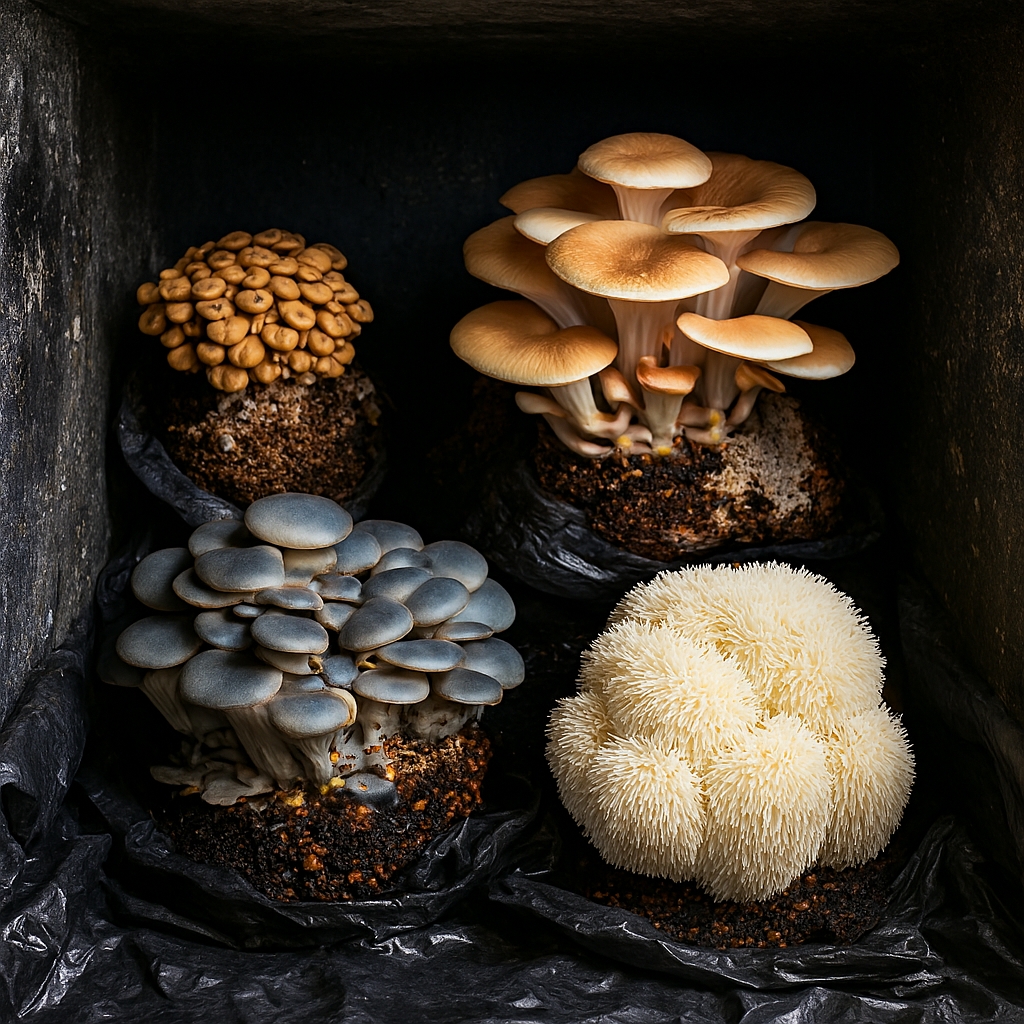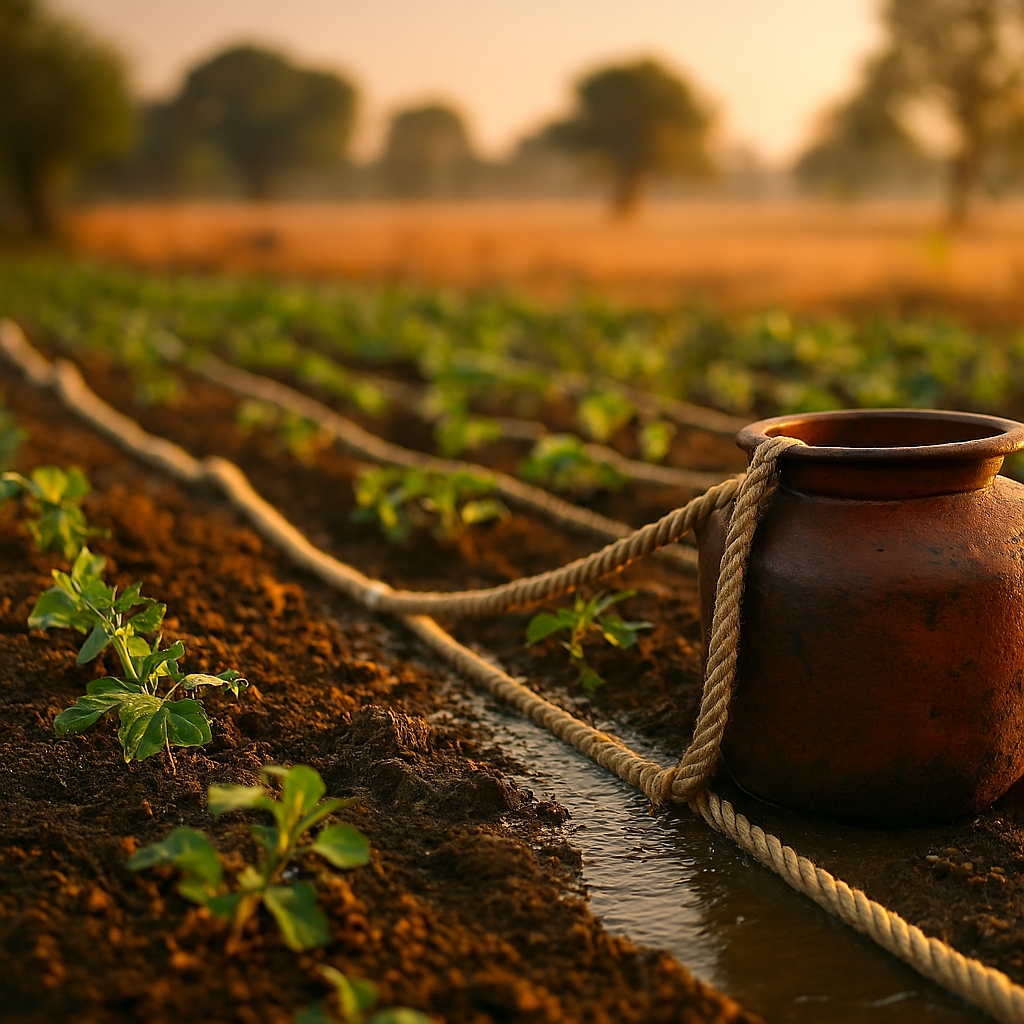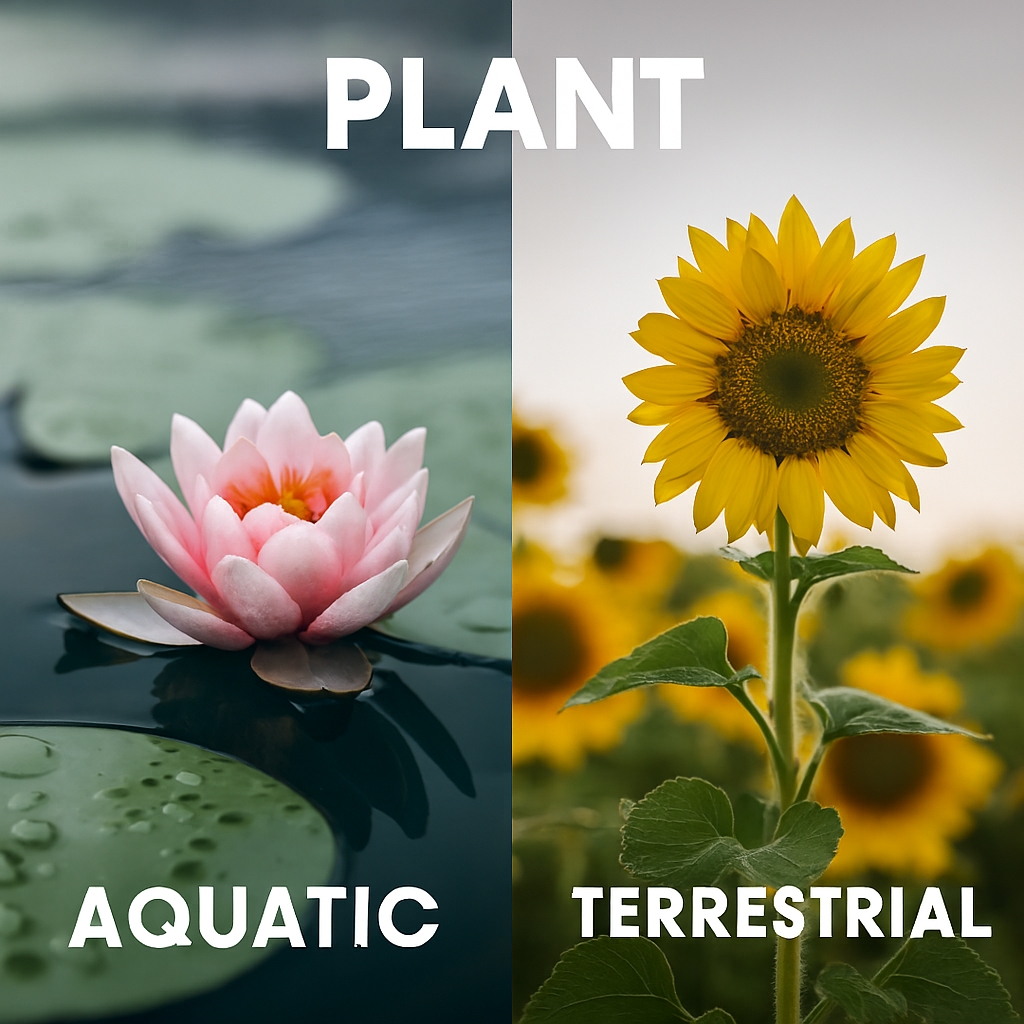What Do Roots in Plants Actually Do?
The Roots Vital Functions
In the fast-paced and often unpredictable world we live in, many people find themselves constantly on alert, hyper-aware of their surroundings and potential threats. This heightened state of awareness is known as hypervigilance. While it can be beneficial in certain situations, prolonged hypervigilance can have a profound impact on an individual’s mental and physical well-being.
The Anatomy of Roots
Roots come in various shapes and sizes, but they all share a common structure that enables them to perform their essential functions. The primary components of roots include the root cap, root hairs, and the vascular system. Root hairs, tiny hair-like structures, increase the surface area for water and nutrient absorption. The vascular system, consisting of xylem and phloem, transports water, nutrients, and sugars throughout the plant.

The Functions
Primary Functions of Roots
Roots serve several critical functions that are vital to a plant’s growth and survival.
Anchoring the Plant
Roots provide stability and support by anchoring the plant firmly into the soil. This anchoring function is especially important for tall plants and trees, as it prevents them from toppling over due to wind or other external forces. The extensive root system spreads out and secures the plant, allowing it to withstand various environmental conditions.
Water and Nutrient Absorption
One of the most well-known functions of roots is the absorption of water and essential nutrients from the soil. Root hairs play a key role in this process by increasing the surface area available for absorption. Water and nutrients are taken up by the roots and transported through the vascular system to other parts of the plant, supporting growth and metabolic activities.
Storage of Food and Nutrients
Roots also serve as storage organs for food and nutrients. During periods of abundance, plants convert excess sugars and starches into storage compounds and store them in the roots. These stored resources can be utilized during periods of scarcity, such as winter or drought, ensuring the plant’s survival.
Symbiotic Relationships
Roots engage in symbiotic relationships with various soil organisms, including mycorrhizal fungi and nitrogen-fixing bacteria. Nitrogen-fixing bacteria in legume roots convert atmospheric nitrogen into a usable form, providing an essential nutrient for plant growth.

Adaption
Adaptations for Survival
Roots have evolved various adaptations to help plants survive in diverse environments. For example, some plants have developed deep taproots that can reach water sources far below the soil surface, while others have shallow, widespread roots that maximize water absorption from surface layers. Additionally, some plants produce aerial roots that help them climb or support their weight in unstable conditions.
Roots and Soil Health
Healthy roots contribute to soil health by improving soil structure and fertility. As roots grow and decompose, they create channels in the soil, enhancing aeration and water infiltration. Root exudates, chemical compounds released by roots, also support beneficial soil microorganisms that contribute to nutrient cycling and soil health.
Roots and Plant Communication
Roots play a role in plant communication through the release of chemical signals. These signals can alert neighboring plants to potential threats, such as pest attacks or environmental stress. This form of communication helps plants coordinate their responses and improve their chances of survival.
Roots and Water Regulation
Roots are essential for regulating water uptake and distribution within the plant. They help maintain the plant’s water balance by absorbing water from the soil and transporting it to different parts of the plant. This regulation is crucial for maintaining turgor pressure, which keeps the plant upright and supports cellular functions.
Roots in Hydroponics and Agriculture
In hydroponic systems, roots play a central role in nutrient absorption without soil. These systems rely on nutrient-rich solutions to nourish the plant roots directly. Understanding root functions and optimizing nutrient delivery is key to successful hydroponic farming and efficient agricultural practices.

Climate
Roots and Climate Change
Roots can contribute to carbon sequestration by storing carbon in the soil. Plants absorb carbon dioxide during photosynthesis and store some of it in their roots. As roots decompose, this carbon is transferred to the soil, helping mitigate the effects of climate change by reducing atmospheric carbon levels.
Roots and Human Use
Roots have various applications in human culture and industry. Many roots, such as carrots, beets, and radishes, are consumed as food. Additionally, roots like ginseng and ginger have medicinal properties and are used in traditional medicine. Understanding root functions and benefits can enhance their utilization for human purposes.

Conclusion
Roots are fundamental to a plant’s survival and growth, performing a wide range of essential functions. From anchoring the plant and absorbing water and nutrients to forming symbiotic relationships and adapting to diverse environments, roots are truly remarkable structures. Understanding the vital role of roots can help us appreciate the complexity and resilience of plant life.
Join the Discussion
Roots are the unsung heroes of the plant world, and their functions are nothing short of extraordinary. Have you ever been fascinated by the root systems of plants? Do you have any interesting facts or observations about roots?













Cute Symbol Copy Paste
mly informative and well-written!”